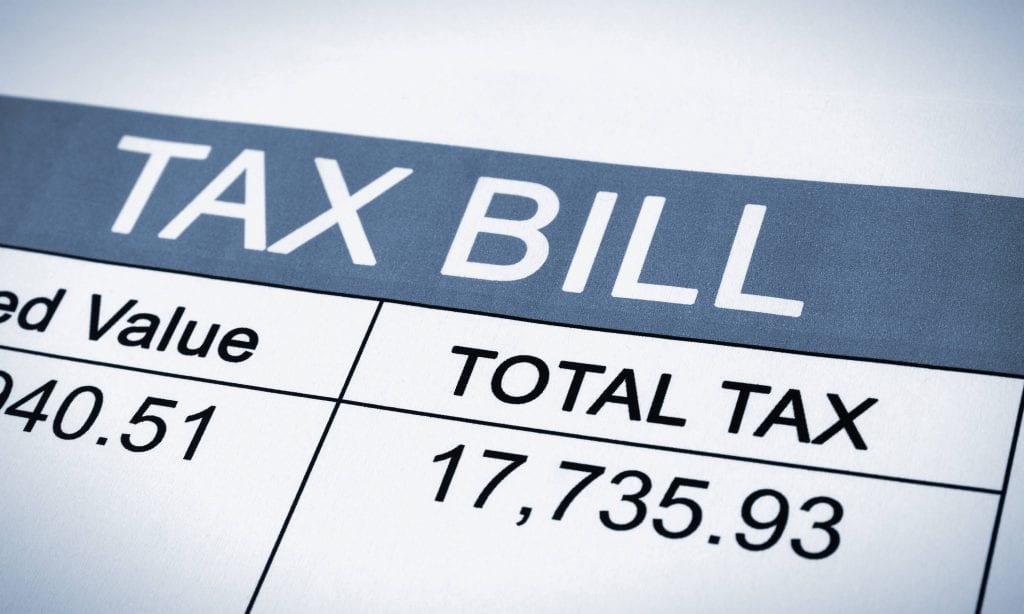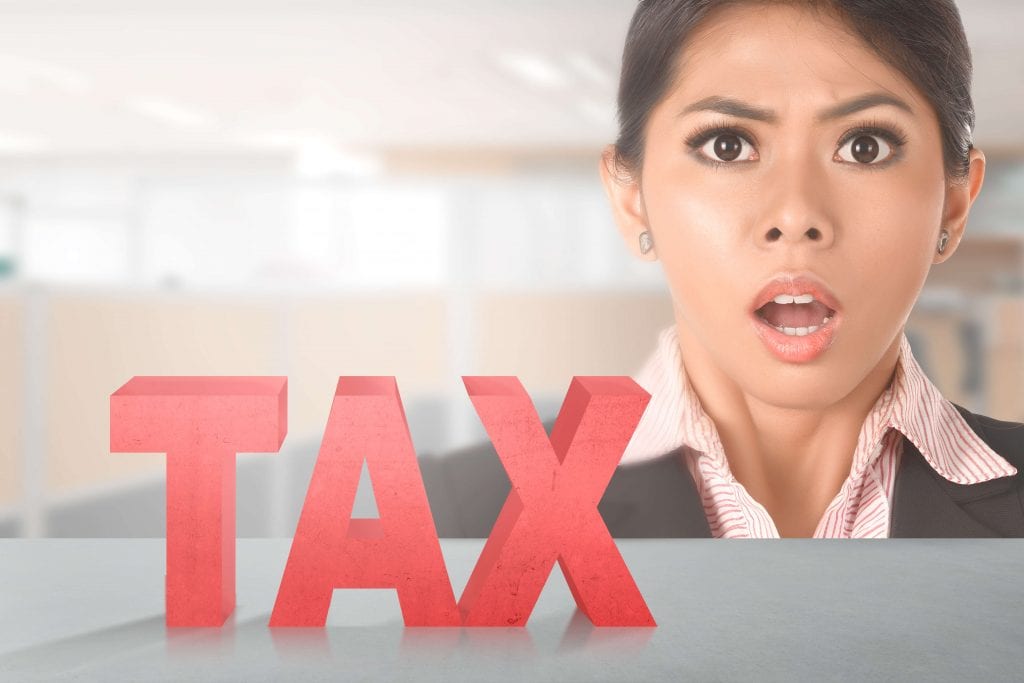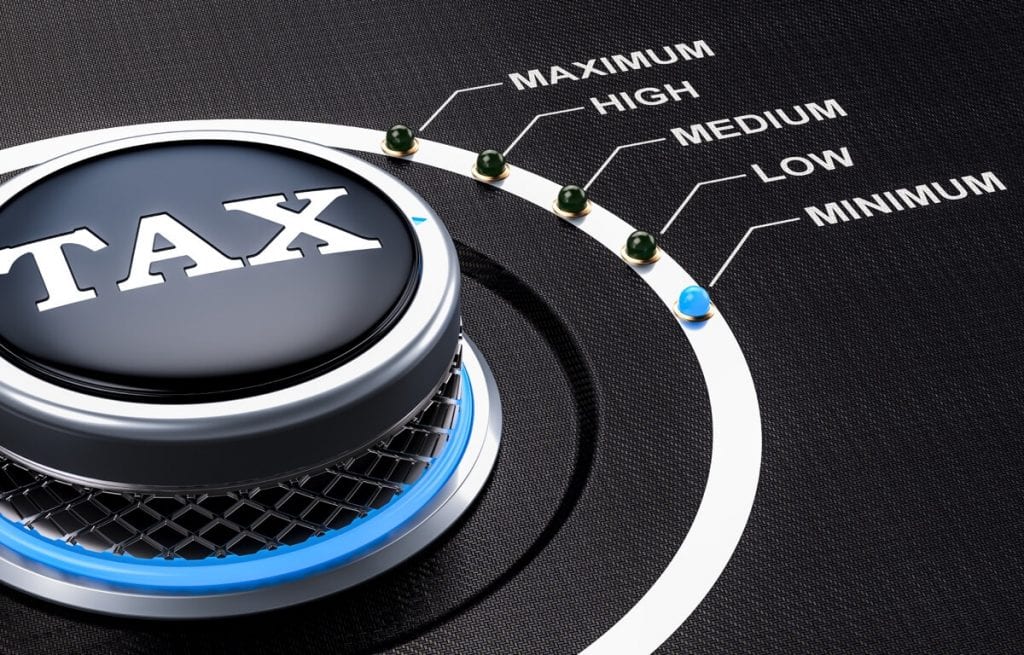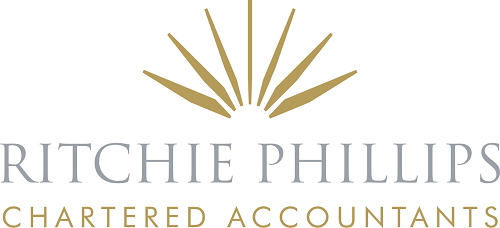You’re probably more than a little familiar with your personal tax allowance and tax band. But a survey in 2015 by the International Longevity Centre UK think-tank, revealed that a shockingly high proportion of people don’t understand fairly commonplace tax terminology, with only 20% understanding the term ‘marginal tax rate’. And the trouble is, not understanding your marginal tax rate could leave you with a tax bill well above 45%!

So what is your marginal tax rate?
Government guidance explains:
How much Income Tax you pay in each tax year depends on:
- How much of your income is above your Personal Allowance (PA)
- How much of this falls within each tax band.
For the majority, your PA is £12,500 (tax year (2019/20) which is the amount you don’t have to pay tax on. It may be higher if you claim Marriage Allowance. It will be lower if you earn over £100,000.
The Income Tax rates and bands for 2019/2020 if you have a PA of £12,500 are as follows:
| Band | Taxable income | Tax rate |
| Personal Allowance | Up to £12,50 | 0% |
| Basic rate | £12,501 to £50,000 | 20% |
| Higher rate | £50,001 to £150,000 | 40% |
| Additional rate | over £150,000 | 45% |
* Reproduced from https://www.gov.uk/income-tax-rates/current-rates-and-allowances
Your marginal rate
The marginal rate of tax paid is “the percentage of tax paid on earnings for the next pound earned.” What that means is that if you earn £50,000 your marginal rate of tax is 40% because for the next pound that you earn, you will be paying tax at 40%.
Why does it matter?
It matters because in certain circumstances you may find yourself with a marginal rate which is a great deal more than 40% or 45%!

Income over £100,000
When your income reaches £100,000 you start to lose your tax-free personal allowance. Your PA is withdrawn at the rate of £1 for every £2 you earn over £100,000. The net effect of that is you are liable for an additional 20% tax on earnings between £100,000 and £123,000. That’s on top of the 40% tax you already owe, making your marginal tax rate on the amount over £100,000, a whopping 60%.
Loss of child benefits
If you are entitled to child benefit, that entitlement will also be gradually withdrawn once your income reaches £50,000. The result again is that your marginal rate will increase depending on how many children you have and your circumstances. It could go up to as much as 64.75%. And that makes a big difference to your tax bill.
Is there anything you can do to mitigate the effects?

The short answer is of course, yes, see a tax planning specialist. What you can do, if anything, will depend on your individual circumstances and you will need specialist advice.
Restructure your income
You or your tax planner will need to look carefully at any different income streams you have such as dividend income and interest, to ensure it is not putting you over the £100,000 threshold. Transferring the asset in question to your spouse and / or ensuring that any income earning assets are managed in the most tax efficient manner, such as being invested in ISAs, should be considered.
If you are self-employed or a contractor, you may want to consider operating as a limited company so that you can manage how you’re paid, or limit what you pay yourself. Other options are to leave cash in the business, use it for other purposes or possibly pay your spouse to ensure your pay doesn’t put you over the relevant threshold.
Salary sacrifice
Consider exchanging a proportion of salary for non-cash employee benefits of the same value. By doing so you may be able to lower your earnings under the £100,000 threshold (you earn £104,000 but you exchange salary of £5,000 for an equivalent benefit to bring your taxable earnings to £99,000 or you just reduce your taxable earnings from £110,000 to £105,000 thereby reducing if not eliminating your additional tax liability).
However, some benefits are in fact eligible for tax at your marginal rate, such as private medical cover. Company cars will vary depending on emissions.
Additional pension contributions
This may present another option, but you need to bear in mind the limits of your annual and lifetime allowances (£40,000 and £1,055,000 million respectively).
Charitable giving
Charitable giving may also be a tax efficient method if it brings your taxable earnings under the £100,000 threshold.
Don’t assume, if you’re employed that you are paid in the most tax efficient manner. And whatever your circumstances, time spent on planning and professional advice will be time well spent and could save you thousands of pounds.
